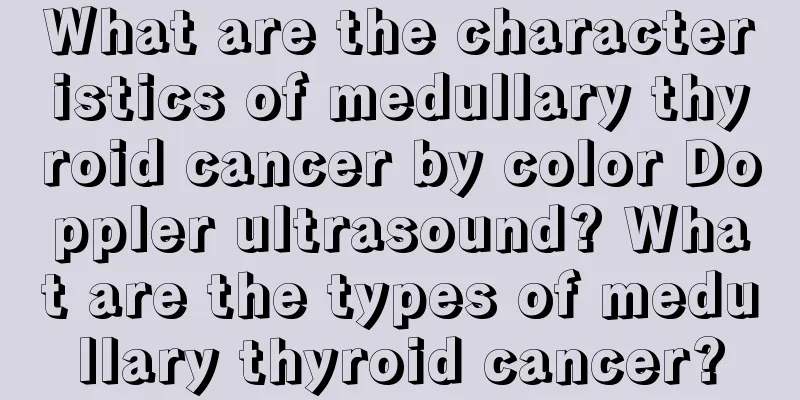What is ablation surgery?

|
In daily life, there are many types of diseases, and different diseases are treated differently. With the continuous development of medical technology, the methods of treating diseases are also constantly changing. Ablation surgery is a minimally invasive surgery. Ablation surgery is used to treat diseases, and recovery is usually very fast. However, you must take good care after the operation, which is very helpful for the recovery of the disease. What is ablation surgery? Radiofrequency ablation refers to the use of high-frequency radio vibrations to produce a thermal effect on biological tissues, through which the intervertebral disc tissue, cervical disc, lumbar disc and other tissues are ablated. It is widely used in perforaminal endoscopic operations, hemostasis of bleeding points under arthroscopy, ablation of some synovial membranes, etc. Because this technology does not cause excessive damage to normal tissues, it is a commonly used physical therapy technology in clinical practice. Indications for surgery 1. Atrioventricular reentrant tachycardia (preexcitation syndrome): There is a congenital "accessory pathway" between the atrioventricular space and the catheter radiofrequency will "cut off" the access pathway, and tachycardia or preexcitation waves will no longer exist. 2. Atrioventricular nodal reentrant tachycardia: The atrioventricular node forms a "dual pathway". Under appropriate conditions, the current runs rapidly in the reentrant loop formed by the two pathways, causing tachycardia. Catheter radiofrequency ablation of the slow pathway leaves only the fast pathway, and tachycardia no longer has the conditions for an attack. 3. Atrial flutter (AFS): Atrial flutter is a condition in which a large loop exists in the atria, in which the electric current keeps circling around. The atria beat at 250-350 beats/minute, and the ventricles generally at 150 beats/minute. Catheter radiofrequency can destroy the loop, causing bidirectional current block, thereby curing AFS. 4. Atrial tachycardia (AT): AT is a condition in which there is an abnormally rapid "excitation point" in a certain part of the left or right atrium that releases electric current or a small reentrant movement in the atrium; electrophysiological examination maps the ectopic "excitation point" or reentrant circuit, and ablation is performed to achieve a cure. 5. Ventricular premature contraction (premature beat): mainly used for frequent ventricular premature beats with obvious clinical symptoms from a single source; often caused by ventricular "excitation focus"; after mapping and ablation of the ectopic excitation focus, the ventricular premature beat can disappear. 6. Ventricular tachycardia (VT): including idiopathic, bundle branch reentrant and scar ventricular tachycardia. Idiopathic ventricular tachycardia is common in people with normal cardiac structure and function and no evidence of organic heart disease, but frequent attacks of tachycardia can cause tachycardia-induced cardiomyopathy; it occurs when an "excitation focus" in the right or left ventricular outflow tract and left ventricular septum rapidly discharges current, leading to tachycardia. By finding the "excited focus" through a catheter and delivering radiofrequency current for ablation, ventricular tachycardia can be cured. Bundle branch reentrant ventricular tachycardia and scar ventricular tachycardia are more common in patients with organic heart diseases such as dilated cardiomyopathy, coronary heart disease and congenital heart disease after surgery. Patients may experience fainting and convulsions during an attack and often require emergency rescue. Bundle branch reentrant ventricular tachycardia is a reentrant circuit ("circling") between the left and right conduction bundle branches of the heart and the left and right ventricles. The catheter electrode finds and delivers radiofrequency current to block the circuit. Scar ventricular tachycardia is a reentrant circuit caused by surviving myocardial cells between the fibrous scar tissue of the heart. By delivering radiofrequency current to block the circuit, the tachycardia can also be cured. Radiofrequency catheter ablation can cure ventricular tachycardia but cannot cure heart disease; when ablation is unsuccessful or the ventricular tachycardia attack is life-threatening, an implantable cardioverter defibrillator (ICD) should be implanted to prevent sudden death. |
<<: What diseases can microwave ablation therapy treat?
>>: What are the precautions for inferior turbinate ablation?
Recommend
Why is hair loss so severe
The problem of hair loss causes great trouble to ...
Can ovarian tumor be cured?
Ovarian tumors bring a lot of harm to our lives. ...
How to correctly prevent the occurrence of thyroid cancer
How to correctly prevent the occurrence of thyroi...
How to prevent liver cancer? Three tricks are very effective in preventing liver cancer
Everyone knows that liver cancer is very harmful,...
What is the reason for the sudden swelling of the instep
When our body has some conditions, we should pay ...
How many days after straightening can I wash my hair? What should I pay attention to?
Everyone loves beauty. Many female friends like t...
What are the effective treatments for toothache caused by heat?
Not paying attention to the correct diet or weath...
Which department should I go to for nasopharyngeal cancer?
The incidence of nasopharyngeal cancer is very hi...
What is the correct way to use disposable masks
Disposable masks are very important to us. No mat...
Explore the clinical manifestations of pancreatic cancer
There are many factors in life that can easily le...
What is the effective treatment for gallbladder cancer
Gallbladder cancer is a malignant tumor disease t...
Nursing diagnosis after surgery for endometrial cancer
Nursing diagnosis is a clinical judgment about th...
The most effective way to moisten the intestines and relieve constipation
In order to lubricate the intestines and promote ...
Symptoms of gastric ascites
Gastric ascites is one of the common stomach dise...
Analysis of the cause of endometrial cancer
Cancer experts at the Oncology Hospital pointed o...









